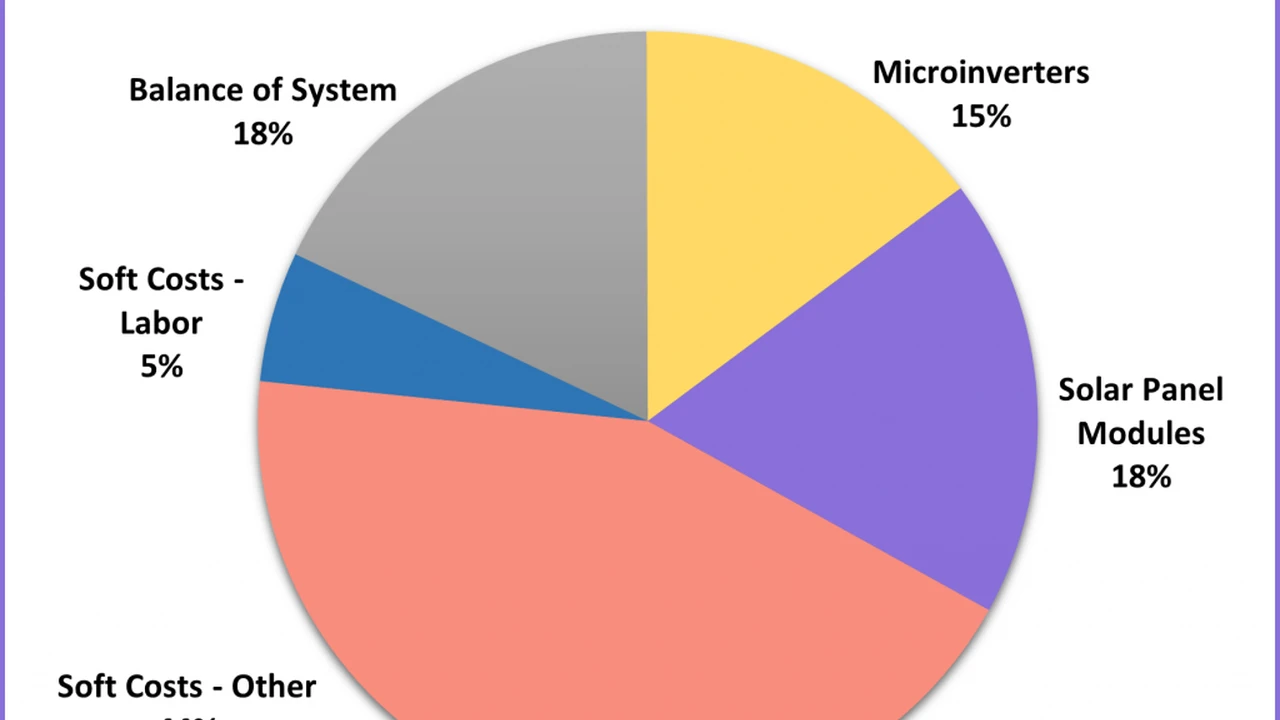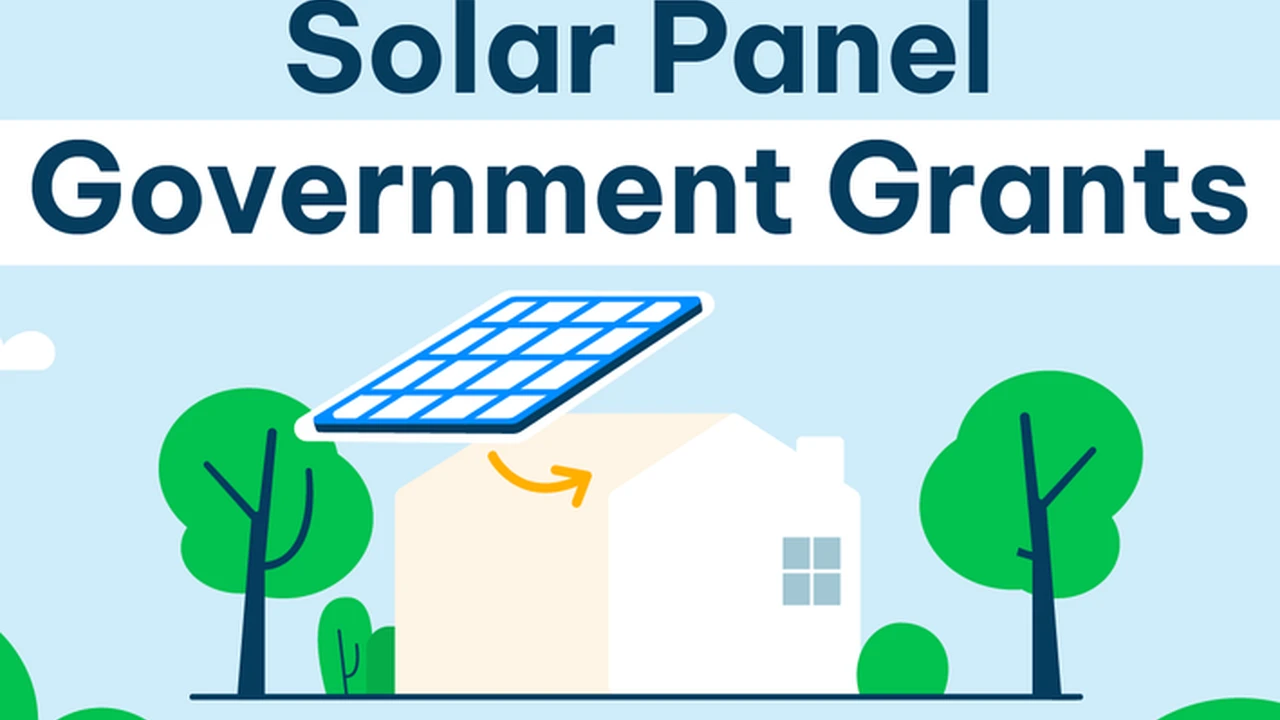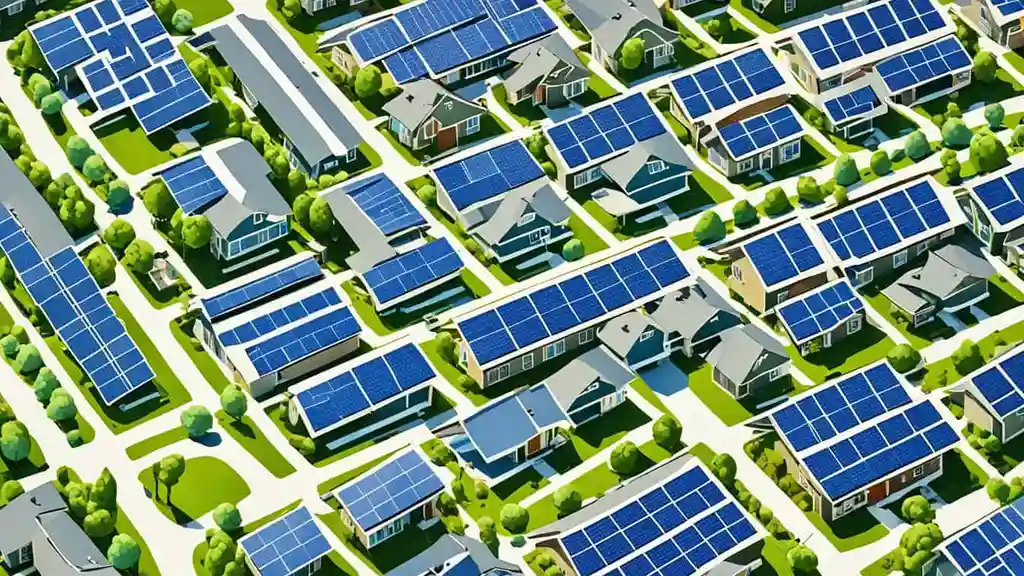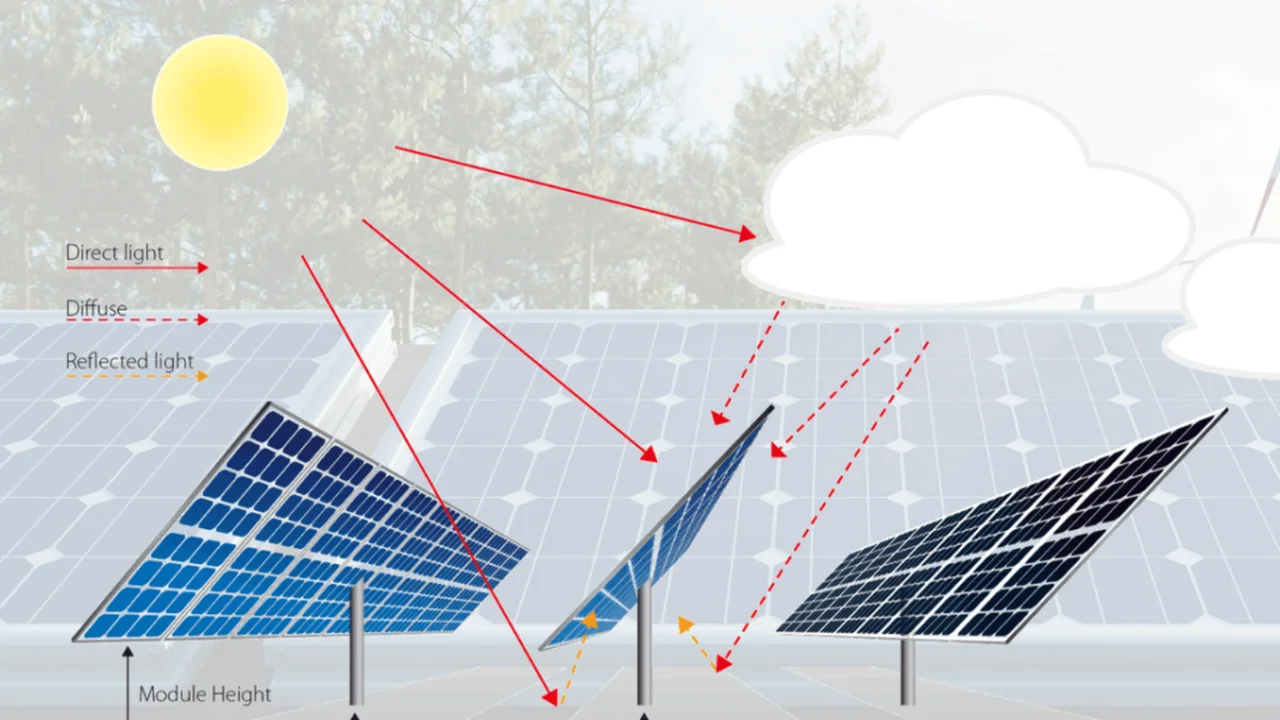Solar Panel Efficiency: What Does It Really Mean?
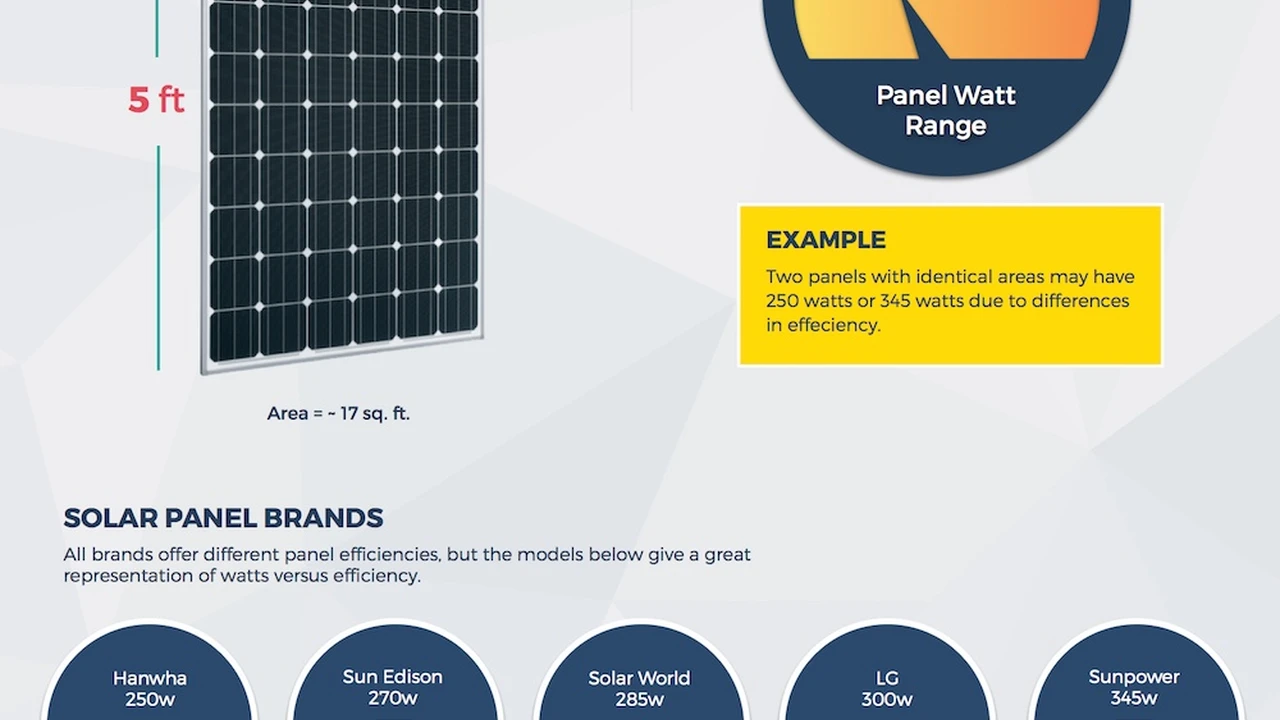
Understanding Solar Panel Types for Optimal Energy Generation
Okay, so you're diving into the world of solar panels. Awesome! First things first, let's break down the main types you'll encounter. We've got monocrystalline, polycrystalline, and thin-film. Monocrystalline panels are the sleek, dark ones – usually the most efficient, but also the priciest. Polycrystalline panels are a bit bluer and less efficient than monocrystalline, but they're generally more budget-friendly. Then there's thin-film, which is super flexible and lightweight, but typically the least efficient of the bunch. Choosing the right type depends on your needs and your wallet.
Monocrystalline Solar Panels: Efficiency and Applications
Monocrystalline panels are the champions of efficiency. They're made from a single crystal of silicon, which allows electrons to move more freely, resulting in higher power output. Think of them as the sports cars of the solar world. Because of their efficiency, they're great for smaller roofs where space is at a premium. Imagine a tiny house, a recreational vehicle (RV), or even a boat! You want to squeeze every last watt out of the available surface area. Monocrystalline panels are your go-to solution. They also tend to last longer, often with warranties exceeding 25 years. Let's talk brands. SunPower is a big name, known for its high-efficiency Maxeon panels. Panasonic (though they've scaled back panel production) used to be another top contender. LG used to be in the game, too. Now, consider REC, known for their TwinPeak series. A typical 300-watt monocrystalline panel from a reputable brand might set you back anywhere from $250 to $400, before installation.
Polycrystalline Solar Panels: Cost-Effectiveness and Practical Uses
Polycrystalline panels, also known as multi-crystalline, are made from multiple silicon crystals fused together. This manufacturing process is cheaper than monocrystalline, which translates to lower prices for you. They're a great option if you have a larger roof and are looking to maximize the amount of solar power you can generate without breaking the bank. Think about a family home, a small business, or even a community solar project. While they're not as efficient as monocrystalline, they still do a solid job. Brands to consider? Canadian Solar and Trina Solar are two of the biggest players in the polycrystalline market. They offer reliable panels at competitive prices. A 300-watt polycrystalline panel from one of these brands might cost you between $200 and $300, again, before installation.
Thin-Film Solar Panels: Flexibility, Portability, and Niche Applications
Thin-film panels are the chameleons of the solar world. They're made by depositing a thin layer of photovoltaic material onto a substrate, such as glass or flexible plastic. This makes them lightweight and flexible, ideal for applications where traditional panels won't work. Think of curved roofs, portable solar chargers, or even integrated into building materials like windows or roofing tiles. While they're not as efficient as monocrystalline or polycrystalline, their versatility makes them a valuable option. First Solar is a major player in the thin-film market, specializing in cadmium telluride (CdTe) panels. These panels are often used in large-scale solar farms. However, for residential applications, they are less common. The cost varies greatly depending on the type of thin-film technology and the application. Flexible thin-film panels for portable chargers might cost anywhere from $50 to $200, while larger thin-film installations can be significantly more expensive.
Solar Panel Efficiency: Comparing Performance Metrics and Real-World Output
Efficiency is the name of the game, right? It's basically how well a solar panel converts sunlight into electricity. A panel with 20% efficiency will generate more power per square foot than a panel with 15% efficiency. But don't get too hung up on the numbers. Real-world output depends on a lot of factors, including sunlight intensity, temperature, shading, and the angle of the panel. Think of it like this: a high-performance car might have incredible specs on paper, but its actual speed depends on the road conditions and the driver. Also, consider the Temperature Coefficient. This is how much the panel's performance degrades with each degree Celsius increase in temperature. A lower (more negative) temperature coefficient is better. You'll find this information on the panel's datasheet.
Solar Panel Cost Breakdown: Initial Investment vs. Long-Term Savings
Let's talk money. The upfront cost of solar panels can be a significant investment, but it's important to remember that you're essentially buying electricity in advance. Over the lifespan of the panels (25 years or more), you'll likely save a substantial amount of money on your electricity bills. The total cost depends on the size of your system, the type of panels you choose, and the installation costs. Don't forget to factor in incentives like federal tax credits, state rebates, and local utility programs. These can significantly reduce your initial investment. Beyond the panels themselves, you'll need an inverter (to convert DC electricity to AC electricity), mounting hardware, wiring, and labor costs. Get multiple quotes from different installers to compare prices and services.
Solar Panel Installation: DIY vs. Professional Setup Considerations
Can you install solar panels yourself? Maybe. Should you? That's a different question. DIY solar panel installation can save you money on labor costs, but it's also a complex and potentially dangerous task. You'll need to understand electrical wiring, roofing techniques, and local building codes. If you're not comfortable working at heights or handling electrical equipment, it's best to leave it to the professionals. Professional installers will ensure that your system is installed safely and correctly, and they'll handle all the necessary permits and inspections. Plus, they often offer warranties on their work. However, if you're experienced with electrical work and roofing, and you're willing to do your research and follow all safety precautions, DIY installation can be a rewarding experience. Just be sure to get the necessary permits and inspections to ensure that your system is code-compliant.
Solar Panel Maintenance: Ensuring Longevity and Optimal Performance
Solar panels are pretty low-maintenance, but they're not completely maintenance-free. The biggest thing is keeping them clean. Dust, dirt, leaves, and bird droppings can reduce their efficiency. In most cases, rainwater will do the trick, but if you live in a dry or dusty area, you may need to clean them periodically. You can use a soft brush and a hose to gently wash them down. Avoid using harsh chemicals or abrasive cleaners, as these can damage the panels. Also, check the wiring and connections periodically to make sure everything is secure and in good condition. If you notice any signs of damage, such as cracked glass or loose wiring, contact a qualified solar technician for repairs.
Specific Solar Panel Product Recommendations and Comparisons
Alright, let's dive into some specific product recommendations. Remember, prices can fluctuate, so always check with your local suppliers for the most up-to-date information.
REC Alpha Series (Monocrystalline)
These panels are known for their high efficiency and reliability. They're a great choice for homeowners who want to maximize power output in a limited space. They typically come with a 25-year warranty on both performance and product. Expect to pay around $350-$450 per panel (380W-410W).
Canadian Solar HiKu Series (Polycrystalline)
These panels offer a good balance of performance and affordability. They're a solid choice for homeowners who want to generate a significant amount of solar power without breaking the bank. Expect to pay around $250-$350 per panel (360W-400W).
SunPower A-Series (Monocrystalline)
SunPower panels are top of the line. They are more expensive, but offer unmatched performance and durability. If you're looking for the best of the best and money is less of a concern, these are worth considering. Expect to pay $450-$600+ per panel(400W-435W).
Portable Solar Panel Recommendations
For those who want solar power on the go, consider these options:
Goal Zero Nomad Series
These are durable and reliable portable solar panels, great for camping, hiking, or emergency preparedness. Prices range from $80 to $400 depending on the wattage.
Anker PowerPort Solar Lite
A lightweight and affordable option for charging phones and other small devices. It's perfect for backpacking and travel. Expect to pay around $30-$50.
Solar Panel Usage Scenarios: Tailoring Systems to Specific Needs
The best solar panel system for you depends on your specific needs and circumstances. Here are a few common scenarios:
Residential Rooftop Solar
This is the most common application. Homeowners install solar panels on their roofs to generate electricity and reduce their reliance on the grid. The size of the system depends on the homeowner's energy consumption and the available roof space.
RV and Boat Solar
Solar panels are a great way to power appliances and electronics in RVs and boats. Flexible thin-film panels are often used in these applications because they can be easily mounted on curved surfaces.
Off-Grid Living
Solar panels are essential for off-grid living, providing a reliable source of electricity in remote locations. Off-grid systems typically include batteries to store energy for use at night or on cloudy days.
Emergency Preparedness
Solar panels can provide a backup source of power during emergencies, such as power outages. Portable solar panels and solar generators can be used to charge phones, radios, and other essential devices.
Comparing Solar Panel Technologies: Making the Right Choice
Choosing the right solar panel technology can be confusing, but here's a simple breakdown:
Monocrystalline vs. Polycrystalline
Monocrystalline panels are more efficient and durable but more expensive. Polycrystalline panels are less efficient but more affordable.
Crystalline vs. Thin-Film
Crystalline panels (monocrystalline and polycrystalline) are more efficient and durable but less flexible. Thin-film panels are less efficient but more flexible and lightweight.
Future Solar Technologies
Perovskite solar cells are an emerging technology that promises even higher efficiency and lower costs. However, they are not yet commercially available.
Solar Panel Pricing: Factors Influencing Cost and Investment Returns
The price of solar panels depends on several factors, including:
Panel Type
Monocrystalline panels are generally more expensive than polycrystalline panels.
Panel Efficiency
More efficient panels are generally more expensive.
Brand Reputation
Panels from well-known brands are generally more expensive.
Installation Costs
Installation costs vary depending on the complexity of the installation and the location.
Incentives and Rebates
Government incentives and rebates can significantly reduce the cost of solar panels.
Remember to shop around, compare quotes, and factor in long-term savings when making your decision. Good luck!
:max_bytes(150000):strip_icc()/277019-baked-pork-chops-with-cream-of-mushroom-soup-DDMFS-beauty-4x3-BG-7505-5762b731cf30447d9cbbbbbf387beafa.jpg)



